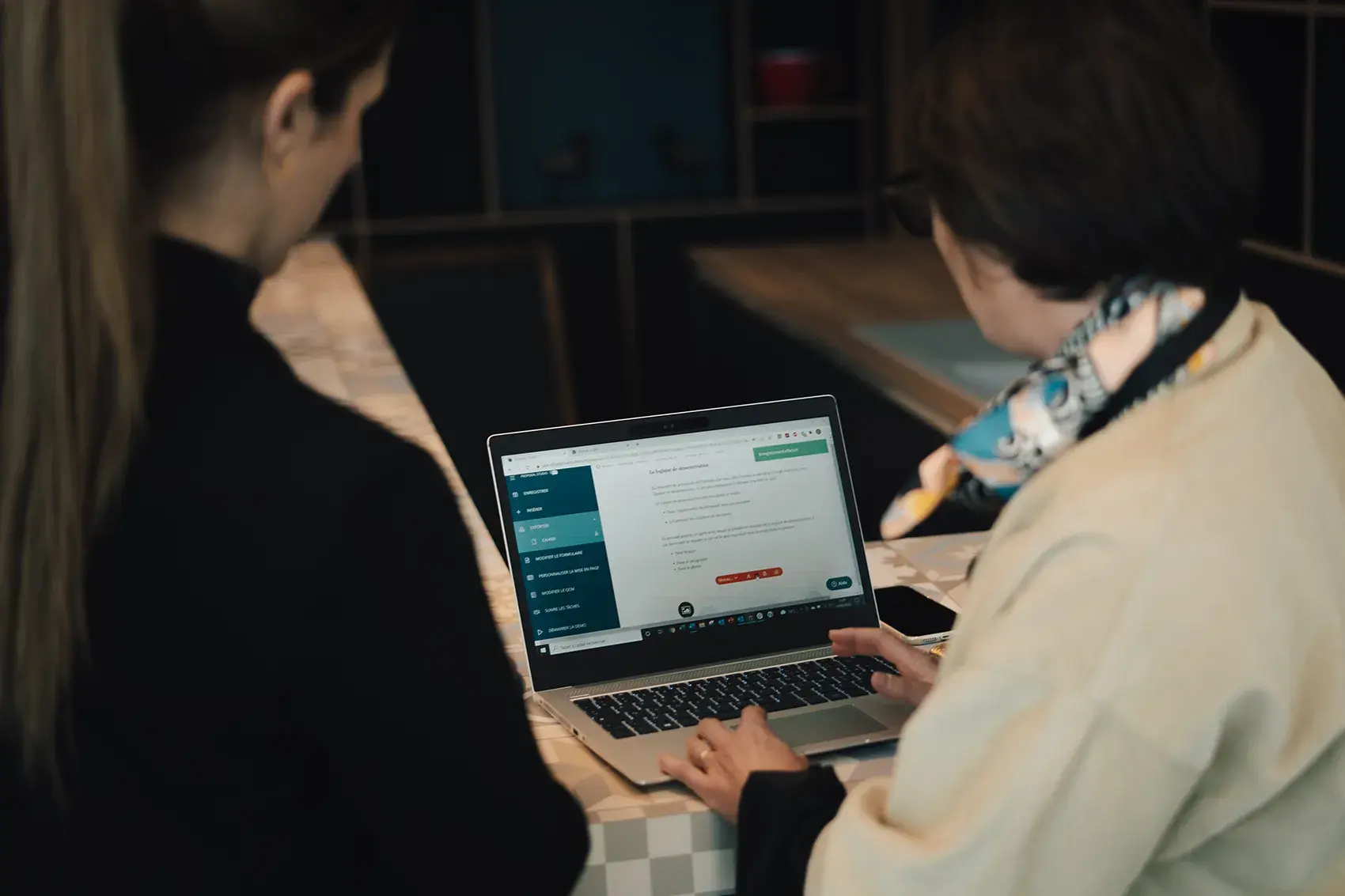In competitive bidding, success often begins long before a proposal is submitted. Understanding and mastering the bid and tender qualification process ensures that your organization invests time and effort only in opportunities worth pursuing. Whether you're working in the private sector or responding to a government invitation to tender, qualification helps you focus on the right bids—and positions you to win.
What Is Bid Qualification?
Bid qualification is the internal decision-making process used by organizations to determine whether they should pursue a specific opportunity. It's where the business development and proposal management teams meet to decide: Is this bid worth our time and resources?
Key questions include:
- Does the opportunity align with our strategic goals?
- Can we demonstrate the track record and capacity to meet the customer’s expectations?
- Are we competitive in terms of pricing, value, and differentiation?
- Is the Request for Proposal (RFP) clearly open—or is it built around a preferred supplier?
Answering these questions early allows you to avoid low-probability pursuits and focus on winnable, profitable work.
Why the Bid Qualification Process Matters
Skipping or rushing the bid qualification process is one of the fastest ways to waste internal resources. When your proposal team is handed an opportunity without strategic alignment, the result is often:
- Disconnected writing
- Unproductive review cycles
- Missed compliance points
- A final submission that lacks impact
In contrast, involving your proposal manager early in qualification allows for better planning, use of reusable content, and clearer direction. This reduces revision cycles and increases proposal quality.
Capture Strategy: Turning Qualification Into a Win Plan
Once a bid is qualified, the next step is building a capture strategy—a roadmap for how to win. This should include:
- Customer needs and key drivers
- A solution overview aligned with requirements
- Competitive insights
- Teaming arrangements (if applicable)
- Price-to-win analysis
Many teams make the mistake of creating this document in isolation. But a truly effective capture strategy is a collaborative discussion, not just a handoff. Involving writers, reviewers, and subject matter experts (SMEs) helps build team alignment and ensures consistency from strategy to submission.
From Email Threads to Real-Time Collaboration
Too often, teams try to align via sprawling email chains, which lead to confusion, versioning issues, and missed messages. Centralizing your capture strategy discussion in a shared platform gives everyone access to key decisions and reduces the risk of miscommunication.
When your team can access and contribute to strategy in real time, they’re more likely to deliver a proposal that meets specific requirements and speaks with one voice.
What Is Tender Qualification?
While bid qualification is your internal process, tender qualification (or pre-qualification) is part of the buyer’s process. It’s how buyers assess whether a supplier is eligible to submit a bid or move forward in a competitive bidding process.
You may encounter pre-qualification in two forms:
- Formal Pre-Qualification Questionnaire (PQQ) – Detailed forms or templates asking for information about your company
- Pre-tender mini-RFP – A simplified process asking for initial capabilities and pricing to screen for qualified contractors
What Buyers Look for During Pre-Qualification
To become pre-qualified, you typically need to demonstrate:
- Capacity to complete the project on time and on budget
- Compliance with quality or regulatory standards
- A strong track record of similar projects
- Financial stability
- Relevant technical competence
In some cases, tender documentation will outline minimum thresholds or scoring rubrics used during this stage. Meeting the baseline is important—but going beyond it is your chance to stand out.
Don't Treat Pre-Qualification as a Checkbox
One of the most overlooked parts of the tender qualification process is the opportunity to influence the buyer early. By submitting a polished, well-structured, and persuasive pre-qualification package, you:
- Establish credibility as a professional supplier
- Position your team positively for the full tender phase
- May influence specific requirements in the upcoming RFP
In fact, some organizations have won contracts outright by impressing evaluators so much during pre-qualification that the client opted to skip the full tender and proceed directly to negotiations.
Early Engagement Is a Strategic Advantage
Pre-qualification is also an opportunity to:
- Ask clarification questions (which may be shared with all bidders)
- Shape scope, contract duration, or pricing conditions subtly through inquiries
- Start a relationship with the procurement team before formal submission
These steps help reduce risk and prepare your team for stronger positioning once the full invitation to tender is released.
Best Practices for Bid and Tender Qualification
Here’s how to strengthen your qualification process and increase your win rate:
- Integrate Business Development and Proposal Teams Early: Proposal managers should attend qualification discussions—not just be handed a bid.
- Define a Repeatable Go/No-Go Framework: Include objective criteria such as strategic fit, resource availability, and win probability.
- Treat Pre-Qualification Like a Mini-Proposal: It’s your first impression. Make it count.
- Use Technology to Centralize Strategy Discussions: Cut down on email chaos and build shared understanding through a single platform.
- Look for Strategic Influence Opportunities: During pre-qualification, aim to shape the tender’s direction subtly and ethically.
Final Thoughts: Qualify to Win
Qualification isn’t just a checkbox—it’s your first and best opportunity to set your team up for success. By treating bid qualification and tender qualification as strategic investments, not administrative hurdles, you can spend more time on bids you can win—and less time chasing the wrong opportunities.












